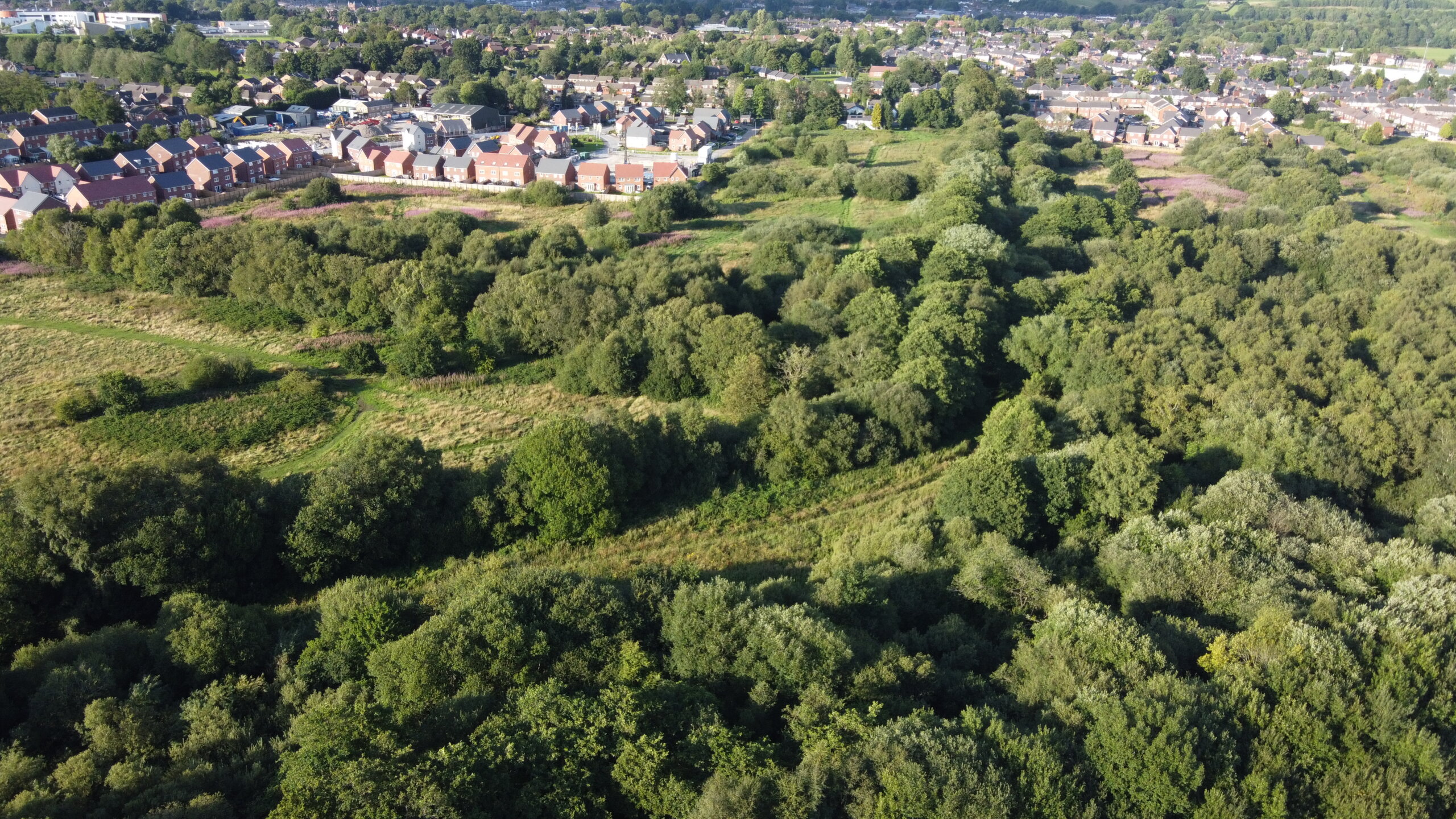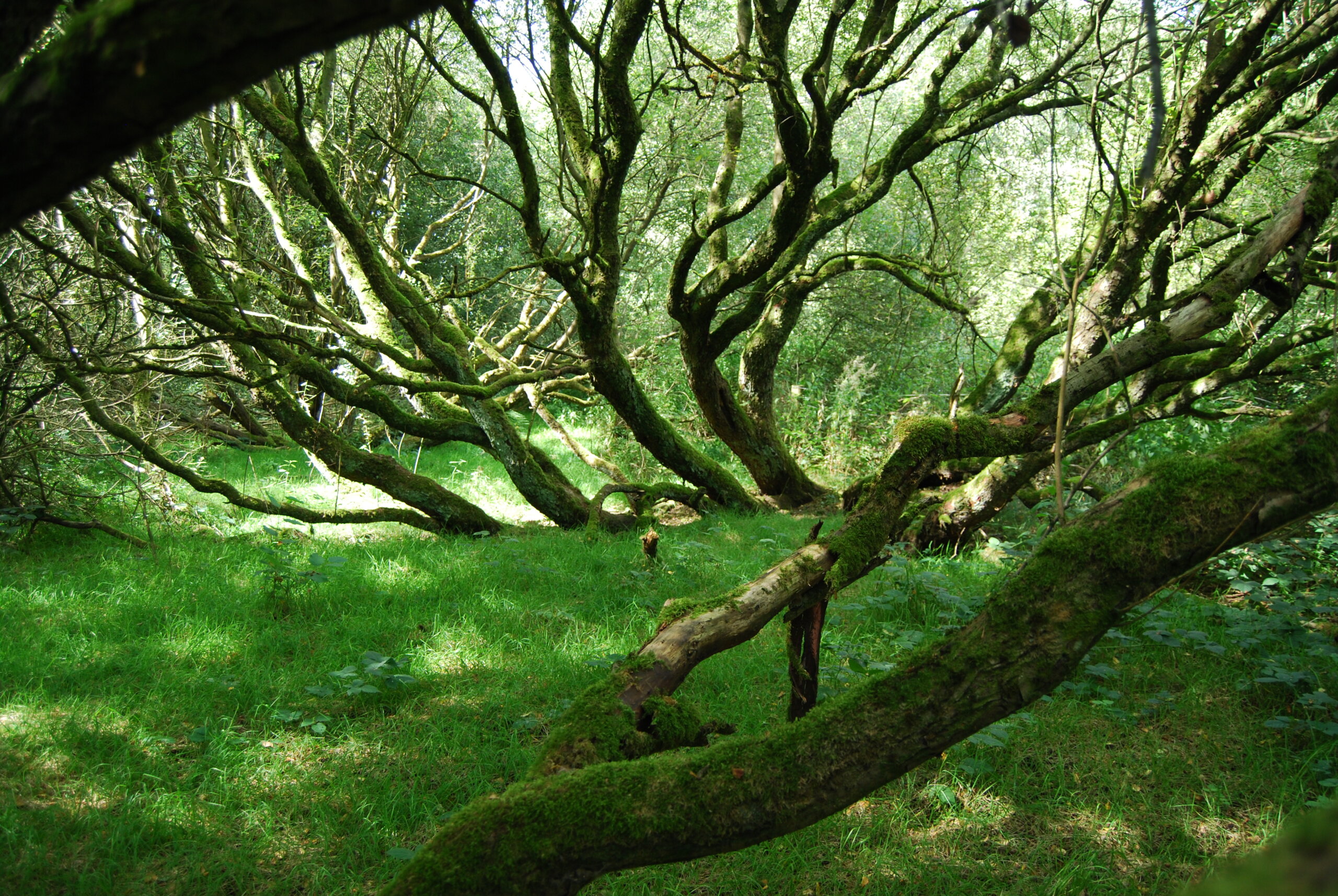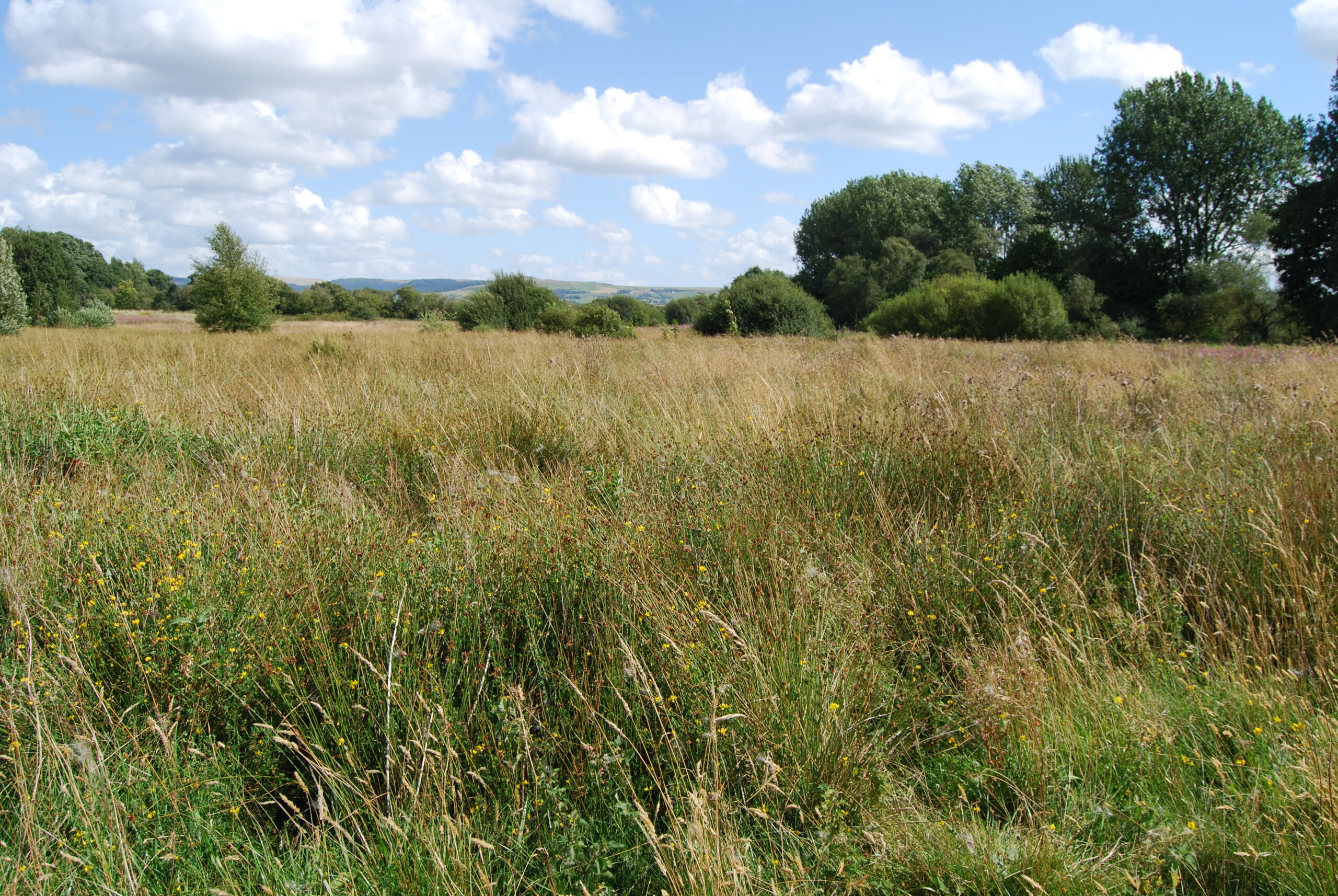 Simon enjoys watching wildlife and hands-on conservation work in his spare time. Voluntary work includes being a parish councillor, which allows some championing and practical enhancement of the local environment, but he finds the battles against development that involves extensive nature destruction very frustrating, though necessary. The work of the Save Danes Moss group has shown him yet again what can be achieved when you get a group together that fights for a great cause, like the protection of biodiversity.
Simon enjoys watching wildlife and hands-on conservation work in his spare time. Voluntary work includes being a parish councillor, which allows some championing and practical enhancement of the local environment, but he finds the battles against development that involves extensive nature destruction very frustrating, though necessary. The work of the Save Danes Moss group has shown him yet again what can be achieved when you get a group together that fights for a great cause, like the protection of biodiversity.

Imagine a beautiful area of land that houses a huge variety of wildlife, some rare, not only locally but nationally, that provides vast carbon storage and a vitally important green space within walking distance of a town centre. Imagine, too, that it has breeding Willow Tits, our fastest declining bird species, surviving in a wonderful wet woodland environment adjoining invertebrate-friendly marshy grasslands and that it forms a major part of the county’s largest lowland peat bog. That place is probably quite similar to Danes Moss on the southern edge of Macclesfield, Cheshire. You’d imagine that it would be protected as a vital habitat, for its biodiversity, importance for climate change and mental wellbeing of the local (and not-so-local) humans. You’d largely be wrong. The Danes Moss SSSI forms part of the area, but Cheshire East Council (CEC) are pushing for much of the rest to be developed with 950 houses and retail space. CEC own around half of the land earmarked for development, are acting as the principal developer and will be assessing the planning for it in their role as the Local Planning Authority. The planning process is well underway – outline permission has already been given – but the devil is in the detail and there is now great scrutiny of what is being proposed.
The land proposed for development is around 55 hectares in area. The average peat depth is at least 2.3m, even following many years of extraction which has now thankfully stopped. This remaining peat can store about the same amount of carbon as the trees in 275 hectares of tropical rainforest! So when people say that peatlands are the UK’s rainforests they’re not wrong, and in some cases – like at Danes Moss – by area they’re even more important than rainforest for carbon storage. It is interesting that climate change was deliberately excluded from the original environmental assessment work – you have to wonder why?
On the subject of environmental assessments, you’d assume that the developer would have to perform detailed habitat and species surveys since the site is so clearly special. Would you believe that the only survey considering invertebrates was done on a dull day in November, and that despite the Council’s ecologist suggesting that more extensive surveys be done, this has not happened? Instead the developer has followed a ‘precautionary’ approach, which basically means they don’t want to bother doing costly surveys, finding out what actually lives there. Instead they assumed that the wildlife present is typical for generic habitat of this type in Cheshire without fully appreciating the value and specifics of the site. How outrageous is that? We wouldn’t even know what we’d lost if the development went ahead. Because it’s part of Cheshire’s largest lowland peatland and contains many hectares of wet woodland, it’s pretty safe to guess that there are rare species yet to be found, since there has actually been very little surveying over the years. Ignorance is sometimes bliss, perhaps, if you’re a developer or a planning authority. Therefore the general mitigation offered doesn’t specifically consider most of the species that will be affected – so how can we have any confidence in it? I, together with a number of like-minded locals, have formed the ‘Save Danes Moss’ community group and organised our own recording sessions. With the help of county experts, for example, we have so far found over 230 species of moth in just two nights of recording. During daylight hours, Dingy Skipper, Small Heath and Dark Green Fritillaries have been found among the more common butterfly species. In spring, Grasshopper Warblers reel away while the Willow Tits breed, and on the wider site Skylark and Lapwing display and Barn Owls nest. All this within walking distance of the town centre. Who knows what else may be there that is less visible? Records for hoverflies, bush crickets and a whole host of other species are being added on a weekly basis, thanks to the many hours being put in by a number of individuals. But when you visit the site you realise that you are probably only scratching the surface.

Of course the developers state over and over again that we need new houses – something we have never argued with – but in actual fact Cheshire East will reach its housing supply numbers well ahead of target. Put simply, the 950 houses earmarked for Danes Moss can actually be removed from the plans today without risking the meeting of the housing requirements of both Macclesfield and Cheshire East. They argued that we need more affordable houses, but reduced the quota for Danes Moss for these from 30% to 11%, since building on peat is expensive and bigger houses are needed to bring the profit. You really couldn’t make it up.
‘Save Danes Moss’ is focused on highlighting the amazing value of the site, engaging with experts, local residents and school children, and, when the time comes, will take on CEC and their partner(s) in development. We have organised a variety of educational walks, a community meeting on the site, accompanied local Councillors and our MP around the site, actively engaged with Cheshire Wildlife Trust, and put thousands of leaflets through doors. We created a change.org petition which has now reached 20,000 signatures and launched a crowd-funder to allow legal challenge should final planning permission be granted. We have been delighted that some high-profile national wildlife defenders supported the cause by writing an open letter to Cheshire East Council arguing the importance of protecting the site. Ultimately, we won’t allow the site to be developed without a huge fight. There is simply too much at stake. Perhaps it will be a test case for development on such sites, setting a precedent that will help protect other special places, and their inhabitants.
We are also working on a vision for the site once (we’re a positive bunch!) the planning is stopped. Fundamental to this is the restoration of the lowland bog to peat-forming conditions, and once again being an active carbon sink. Projects in nearby Lancashire have recently shown how this can be done, and those experts we’ve spoken to, who have visited Danes Moss, have been unanimous in their view that similar techniques will work here. While we spend millions restoring peat bogs elsewhere, quite correctly, it simply makes no sense at all to destroy Danes Moss, to risk the release of at least 220,000 tonnes of CO2 and destroy some of our little remaining irreplaceable habitat. All for houses we don’t need.
To find out more please visit savedanesmoss.com and, should you agree with our work, consider signing the petition and contributing to the crowd-funder. And do please get in touch with ideas or offers of help. You can find us on social media. Together we can win this!
www.change.org/p/stop-the-destruction-of-danes-moss-peatland-for-housing-and-retail-development
www.gofundme.com – search for Save Danes Moss

You only have to ‘lose’ a planning/development decision once. Getting a proposal stopped/overturned mostly means the developers/proposers will come back again with modified plans. Rinse, wash, repeat. The system is biased towards development and financial rewards, with little consideration of other aspects.
Apologies for being negative.
Nice place – I used to live nearby and have passed by and through a few times.
I’m not sure how effective change.org petitions are. I know this could be perceived as a ‘local’ problem, but it obviously has a connection with central government targets on (a) housing (b) climate change, and the related central government policies related to (at least) these. Therefore could it be raised as a petition on petition.parliament.uk?